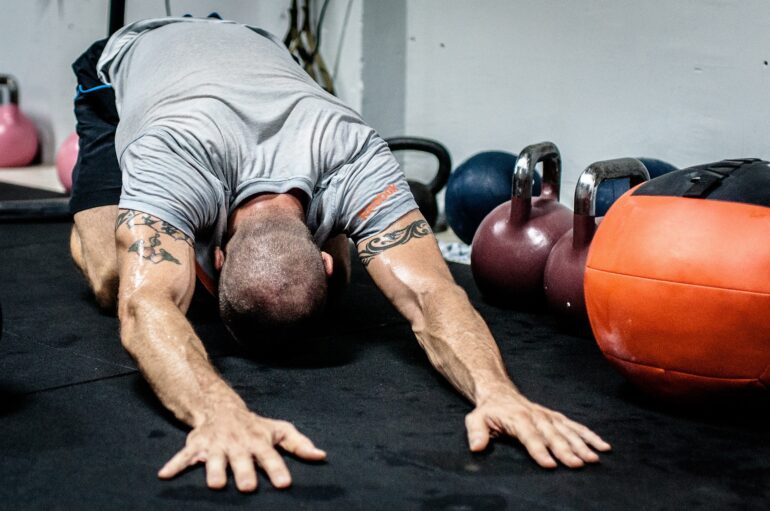TL;DR:
- An AI program utilizing machine learning can accurately identify brain structure changes resulting from repeated head injuries in college athletes.
- This technology surpasses traditional medical imaging methods like CT scans in detecting subtle brain injuries.
- The AI program distinguished between the brains of male contact-sport athletes and noncontact-sport athletes, linking repeated head impacts to structural changes.
- The findings highlight the potential risks associated with choosing certain sports over others and the need for better diagnostic tools.
- The machine-learning technique may also aid in understanding the underlying mechanisms of brain injuries.
- The research team plans to explore the use of their program in examining head injuries in female athletes.
Main AI News:
Cutting-edge research conducted by experts in the Department of Radiology at NYU Grossman School of Medicine has revealed groundbreaking findings regarding the detection of brain injuries in college athletes. Traditional medical imaging techniques, such as computerized tomography (CT) scans, have struggled to capture subtle changes in brain structure resulting from repeated head trauma.
However, a revolutionary artificial intelligence (AI) program, powered by machine learning algorithms, has now proven capable of accurately identifying these previously “invisible” injuries using magnetic resonance imaging (MRI). This breakthrough technology has the potential to revolutionize diagnostic tools and shed light on the long-term effects of concussions on cognitive function.
The perils of concussions among young athletes, especially those participating in high-contact sports like football, hockey, and soccer, have been a cause for concern for quite some time. Recent evidence suggests that even seemingly mild head impacts can accumulate over the years and lead to cognitive decline. While advanced MRI scans can detect microscopic alterations in brain structure resulting from head trauma, the copious amounts of data generated pose challenges for interpretation and analysis.
Led by Dr. Yvonne Lui, a renowned neuroradiologist and senior author of the study, the research team successfully employed machine learning techniques to differentiate between the brains of male athletes involved in contact sports, such as football, and those participating in noncontact sports, like track and field. Remarkably, the results linked repeated head impacts to subtle structural changes in the brains of contact-sport athletes who had not been diagnosed with concussions. These findings uncover significant disparities in brain structure between athletes engaging in contact and noncontact sports, raising concerns about the potential risks associated with certain athletic pursuits.
Dr. Lui, also a professor and vice chair for research in the Department of Radiology at NYU Langone Health, remarks, “Our findings reveal meaningful differences in the brains of athletes participating in contact sports compared to those in noncontact sports. Given that we anticipate similar brain structure in these groups, our results suggest that there may be risks associated with choosing one sport over another.” Furthermore, Dr. Lui emphasizes that the machine-learning technique employed in the study not only aids in identifying potential brain damage but also holds promise for unraveling the underlying mechanisms behind these injuries.
The study, published in The Neuroradiology Journal on May 22, involved an extensive analysis of hundreds of brain images from 36 college athletes participating in contact sports (predominantly football players) and 45 athletes engaged in noncontact sports (primarily runners and baseball players). The objective was to establish a clear link between the changes identified by the AI tool in the brain scans of football players and head impacts. This research builds upon a prior study that compared brain-structure differences in football players with and without concussions to those participating in noncontact sports.
During the investigation, the researchers meticulously analyzed MRI scans taken between 2016 and 2018 from 81 male athletes, none of whom had a documented history of concussions during that time period. The contact-sport athletes included participants from football, lacrosse, and soccer, while the noncontact-sport athletes encompassed baseball, basketball, track and field, and cross-country.
To enable their computer program to predict exposure to repeated head impacts, the research team employed sophisticated statistical techniques, training the program to identify abnormal features in brain tissue and distinguish between athletes with and without a history of head injuries. The program’s “learning” capability improved with an increased amount of training data.
The study identified two key metrics that accurately signaled structural changes resulting from head injuries: mean diffusivity and mean kurtosis. Mean diffusivity measures the ease with which water can traverse brain tissue and is frequently used to identify strokes on MRI scans. Meanwhile, mean kurtosis assesses the complexity of brain-tissue structure and can indicate alterations in areas of the brain associated with learning, memory, and emotions.
“Our results highlight the tremendous potential of artificial intelligence in revealing previously unseen injuries that conventional MRI scans fail to capture, particularly ‘invisible injuries,'” says Junbo Chen, the lead author of the study and a doctoral candidate at NYU Tandon School of Engineering. “This method could serve as an essential diagnostic tool not only for concussions but also for detecting damage resulting from subtler and more frequent head impacts.” Looking ahead, Chen and the research team plan to investigate the applicability of their machine-learning technique to assess head injuries in female athletes, further expanding the reach and impact of their innovative work.
Conclusion:
The development of an advanced AI program capable of identifying previously undetectable brain injuries in college athletes presents significant opportunities in the market. This breakthrough technology fills a crucial gap left by traditional imaging methods, such as CT scans, and provides more accurate insights into the long-term effects of head trauma. The ability to distinguish between contact and noncontact sports athletes and link repeated head impacts to structural changes opens up new possibilities for risk assessment and injury prevention.
Furthermore, the machine-learning technique employed in this study has the potential to revolutionize diagnostic tools and deepen our understanding of the underlying mechanisms behind brain injuries. The market for sports medicine, neurology, and medical imaging is likely to witness increased demand for innovative solutions like this AI program, which can contribute to improved athlete care and overall brain health.

